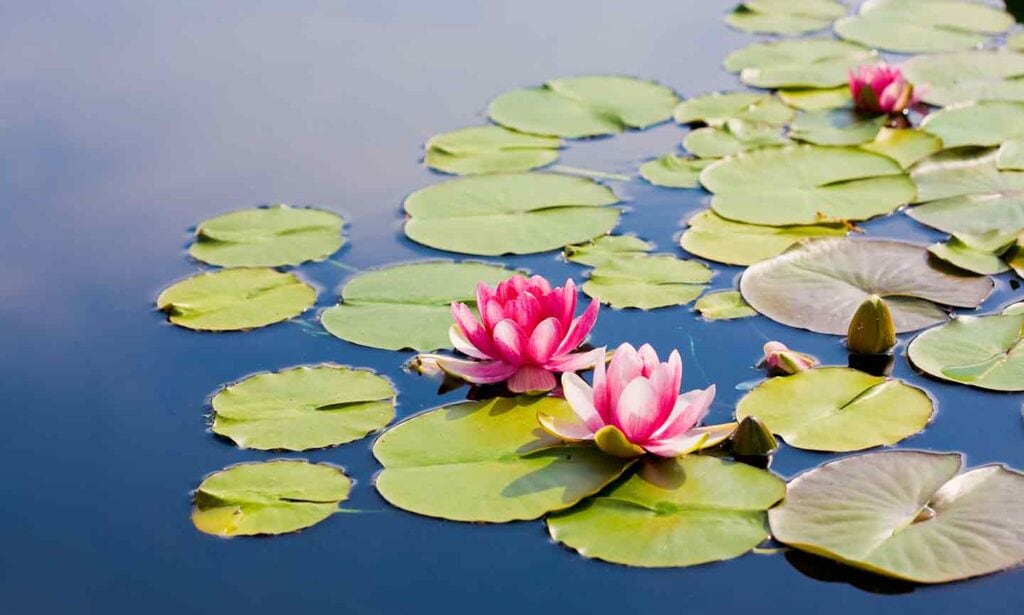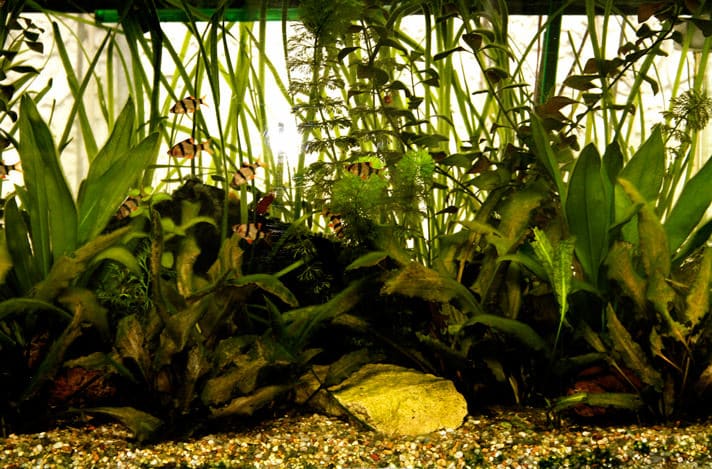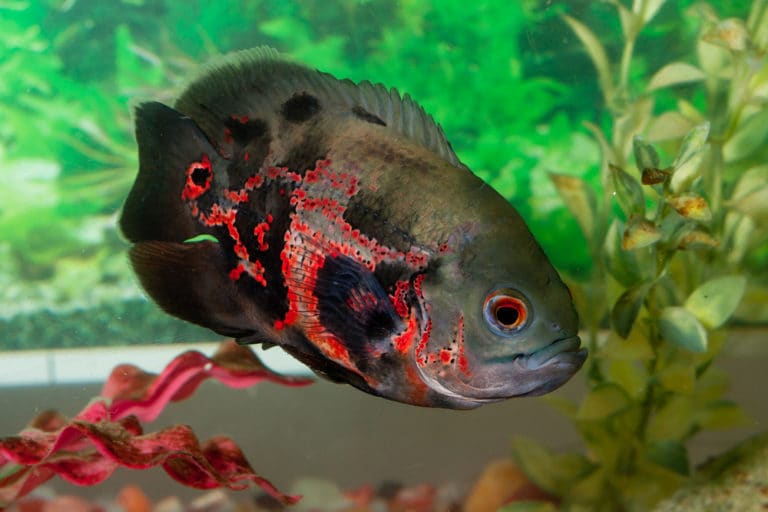In This Guide:
Does My Pond Need Plants?
As a complement to pond equipment that facilitates filtration and aeration, aquatic plants help maintain chemical and biological stability in your pond. According to Tim Wood, an Aquascape®-certified contractor and the owner of Aquatic Edge Pond & Landscape Solutions in Pittsburgh, beneficial bacteria do most of the work to keep a pond ecosystem healthy and balanced.
Plant roots also uptake excess nutrients and some pollutants, Wood says. By competing for nutrients in the water, aquatic plants may help keep algae growth to a minimum. The right pond plants can also enhance the aesthetic appeal of your pond—especially flowering plants.
Here’s an overview of some popular pond plants divided into categories by the part of a pond they’re best suited to.
Marginal Plants
Plants in this category—sometimes called emergent plants or bog plants—must be rooted in substrate, but parts of the plant grow above the water’s surface. According to Angie Spagnoli, the aquatics resource systems specialist for the Pennsylvania Department of Conservation and Natural Resources, in Altoona, Pennsylvania, marginal plants “tolerate fluctuating water levels, and provide important services such as nutrient and sediment trapping.”
Popular pond plants in this category include:
1Common Cattails (Typha latifolia)
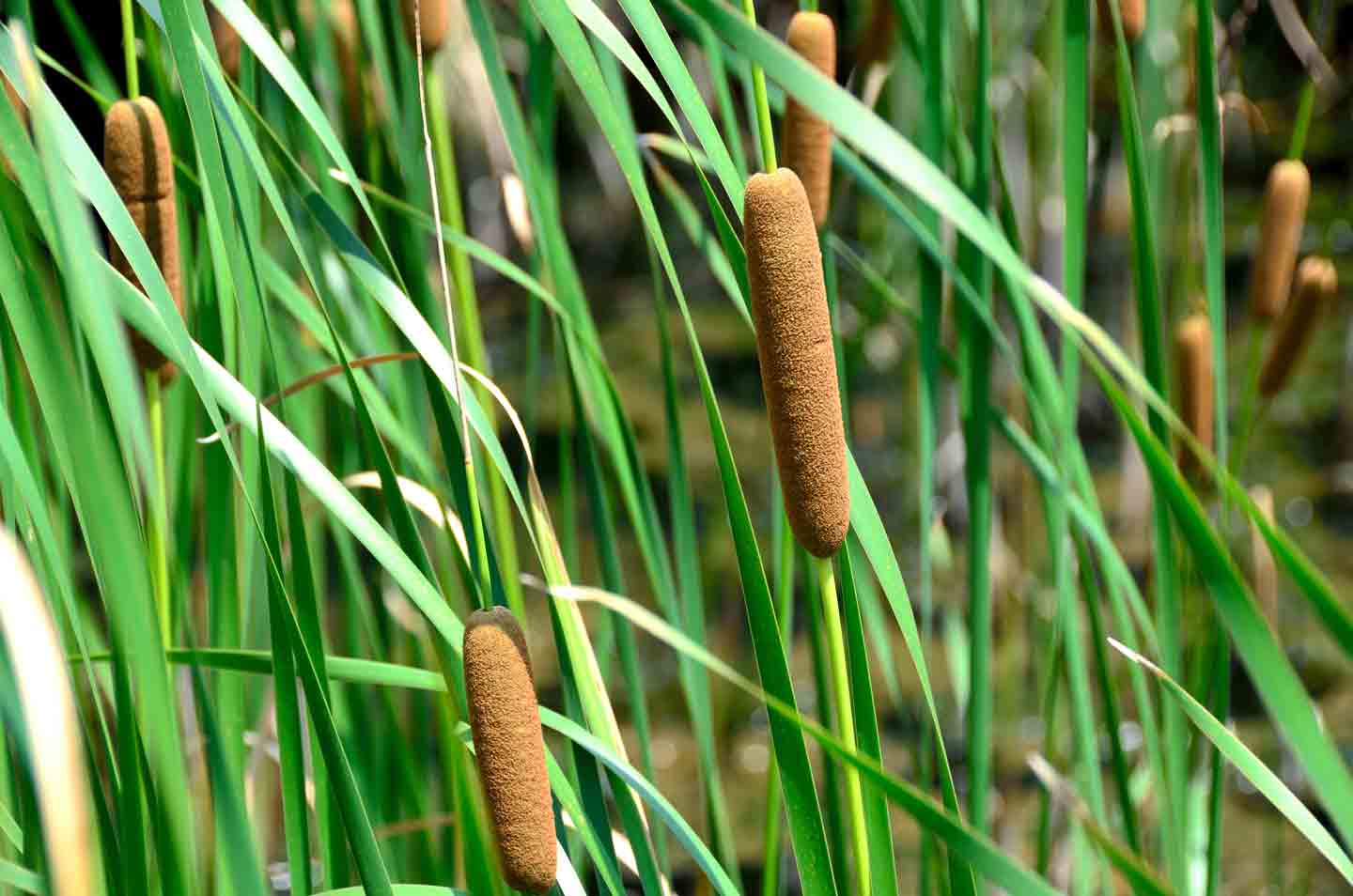
2Creeping Jenny (Lysimachia nummularia)
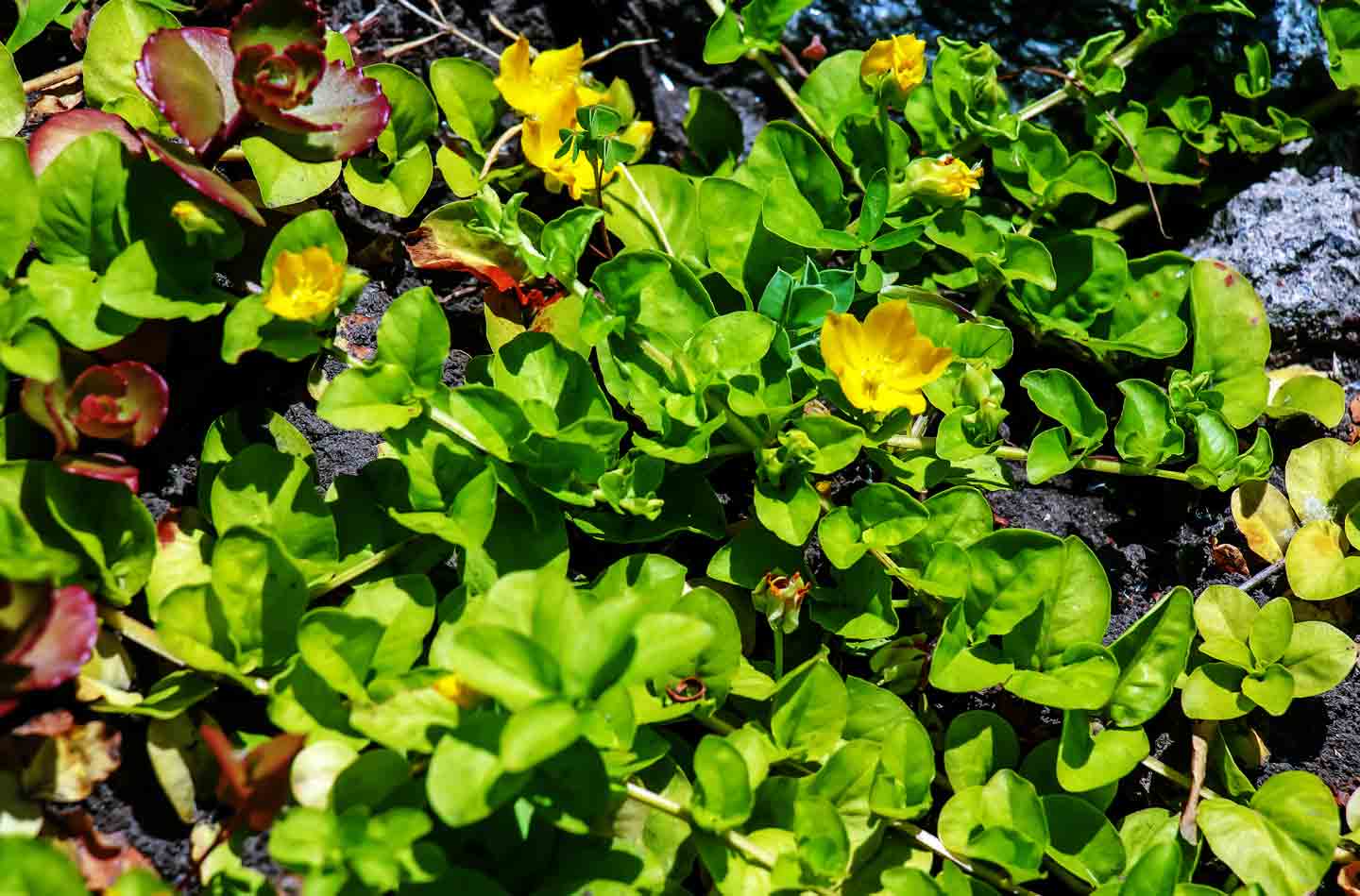
3Pickerelweed (Pontederia cordata)

4Taro (Colocasia sp.)
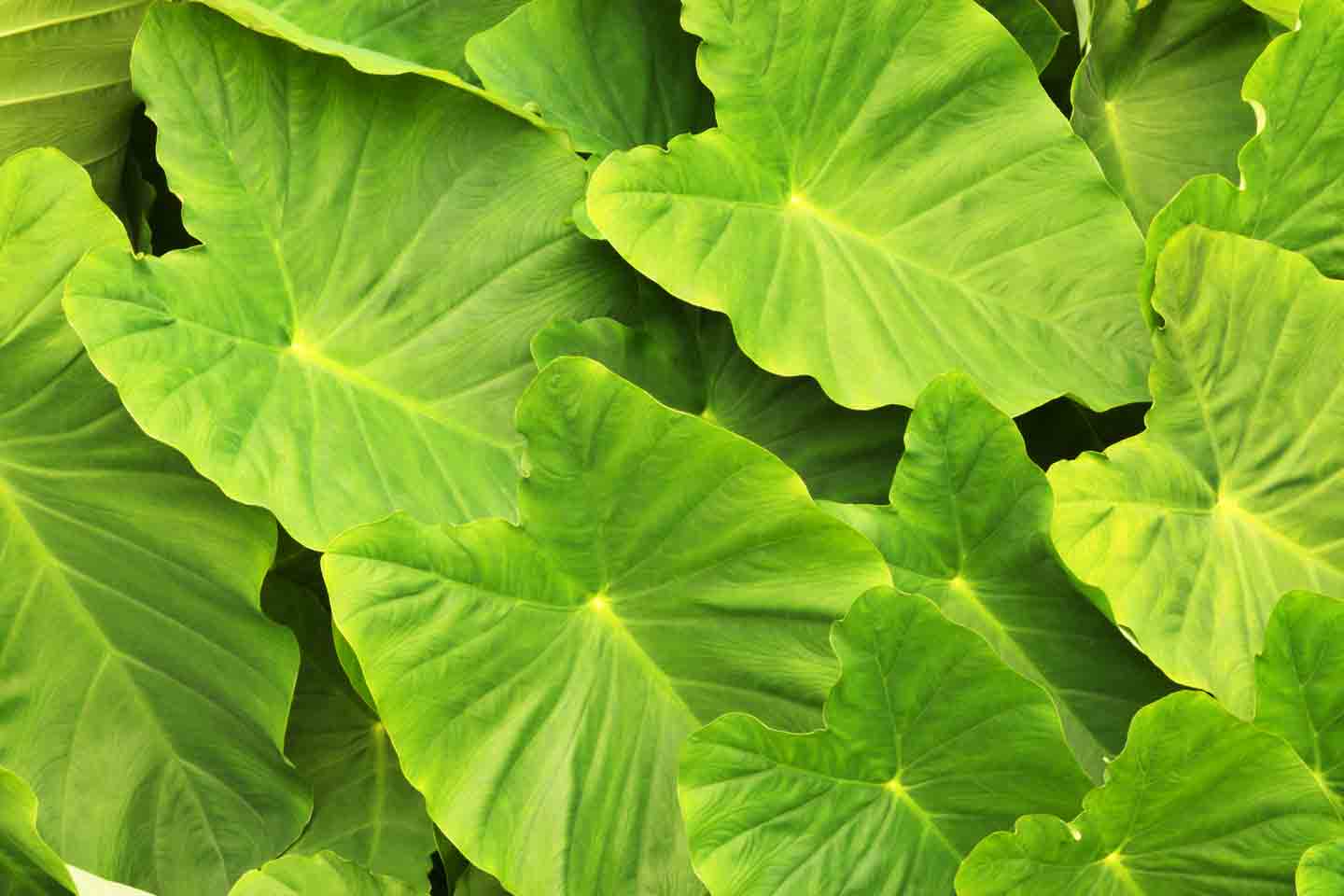
Submerged Plants
These aquatic pond plants grow completely underwater, though some produce flowers above the water’s surface. “Because they’re fully aquatic,” Spagnoli says, “they are usually considered aquarium plants.” She adds that some submerged plants root in the substrate, while others have no root system at all.
Popular pond plants in this category include:
5Cabomba (Cabomba caroliniana)

6Hornwort (Ceratophyllum demersum)
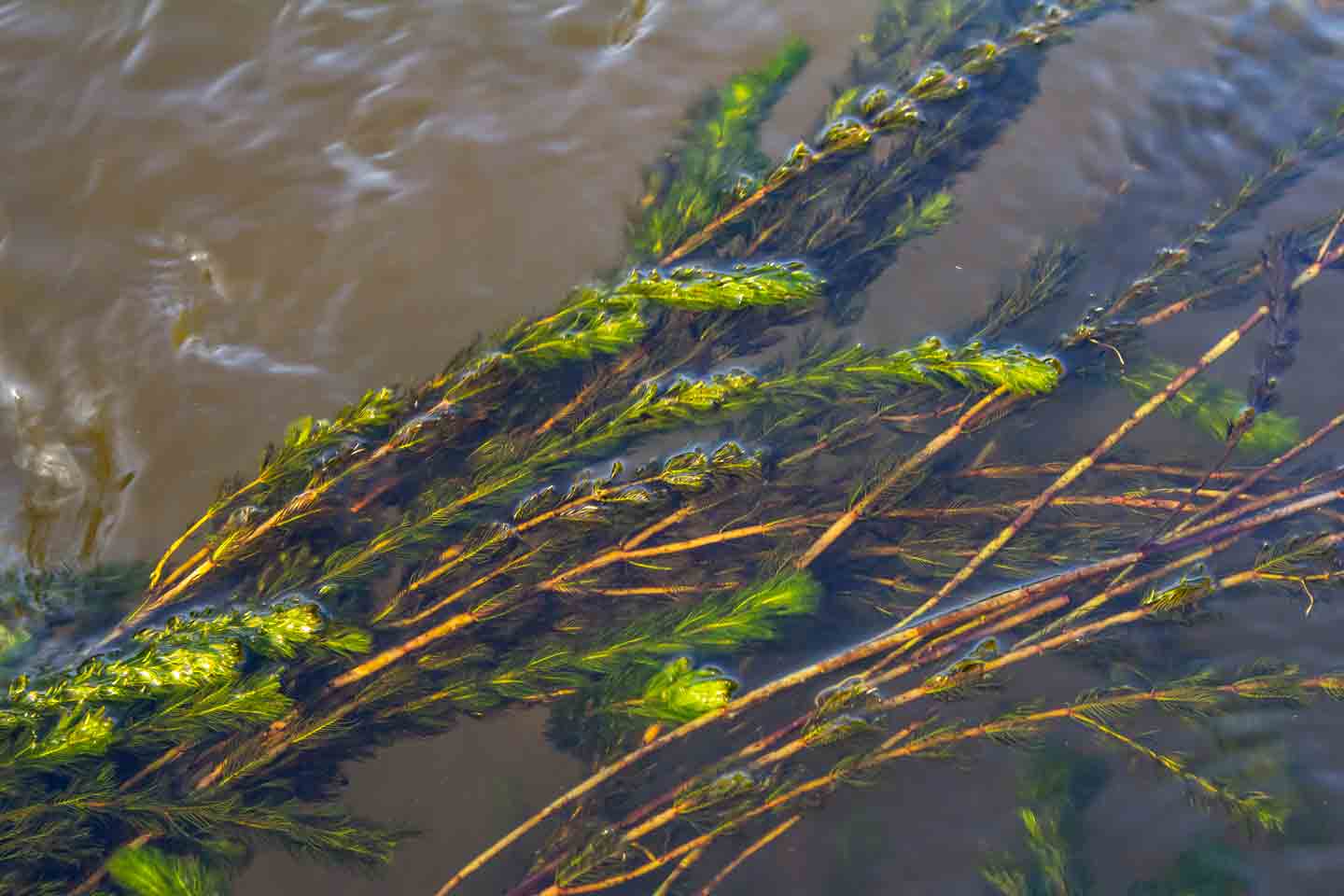
7Ribbon Grass (Vallisneria americana)
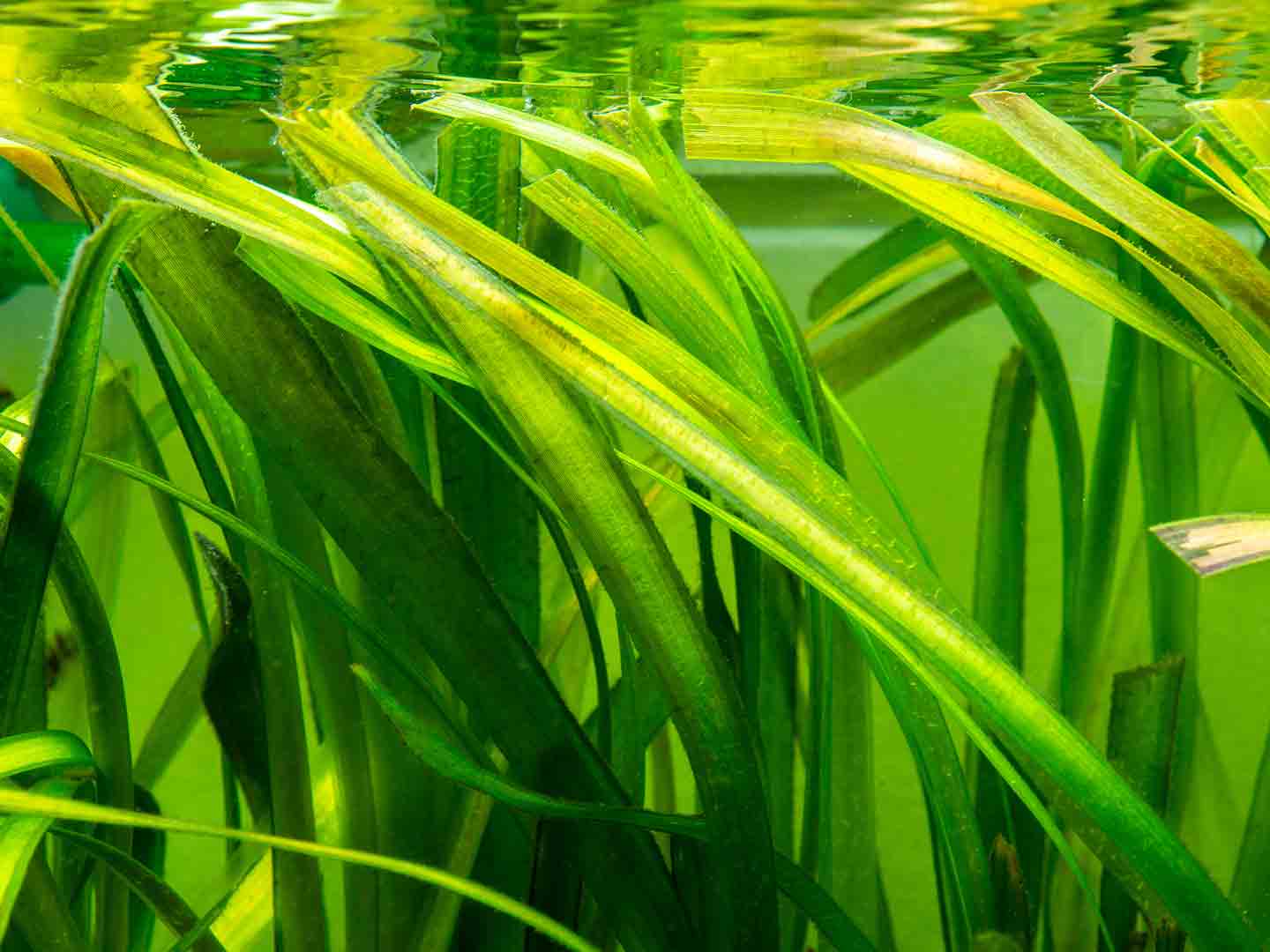
8Willow Moss (Fontinalis antipyretica)
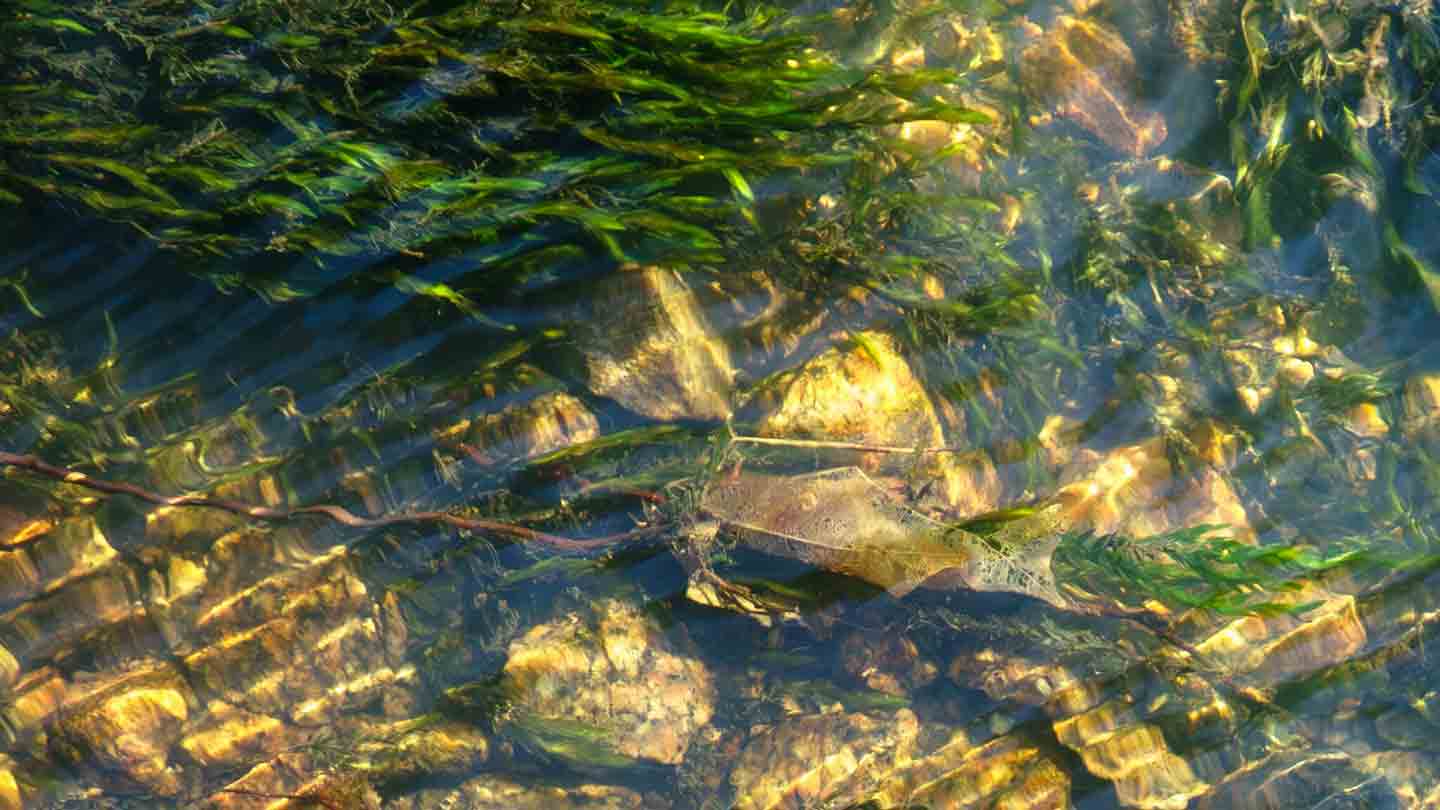
Floating Plants
As you may have guessed, plants in this category have leaves that float on top of the water, with root systems attached to the substrate beneath. If you love the idea of a pond with flowers growing along the surface, many floating plants (like pond lilies) will do the trick.
Popular pond plants in this category include:
9Mosaic Pond Plant (Ludwigia sedioides)
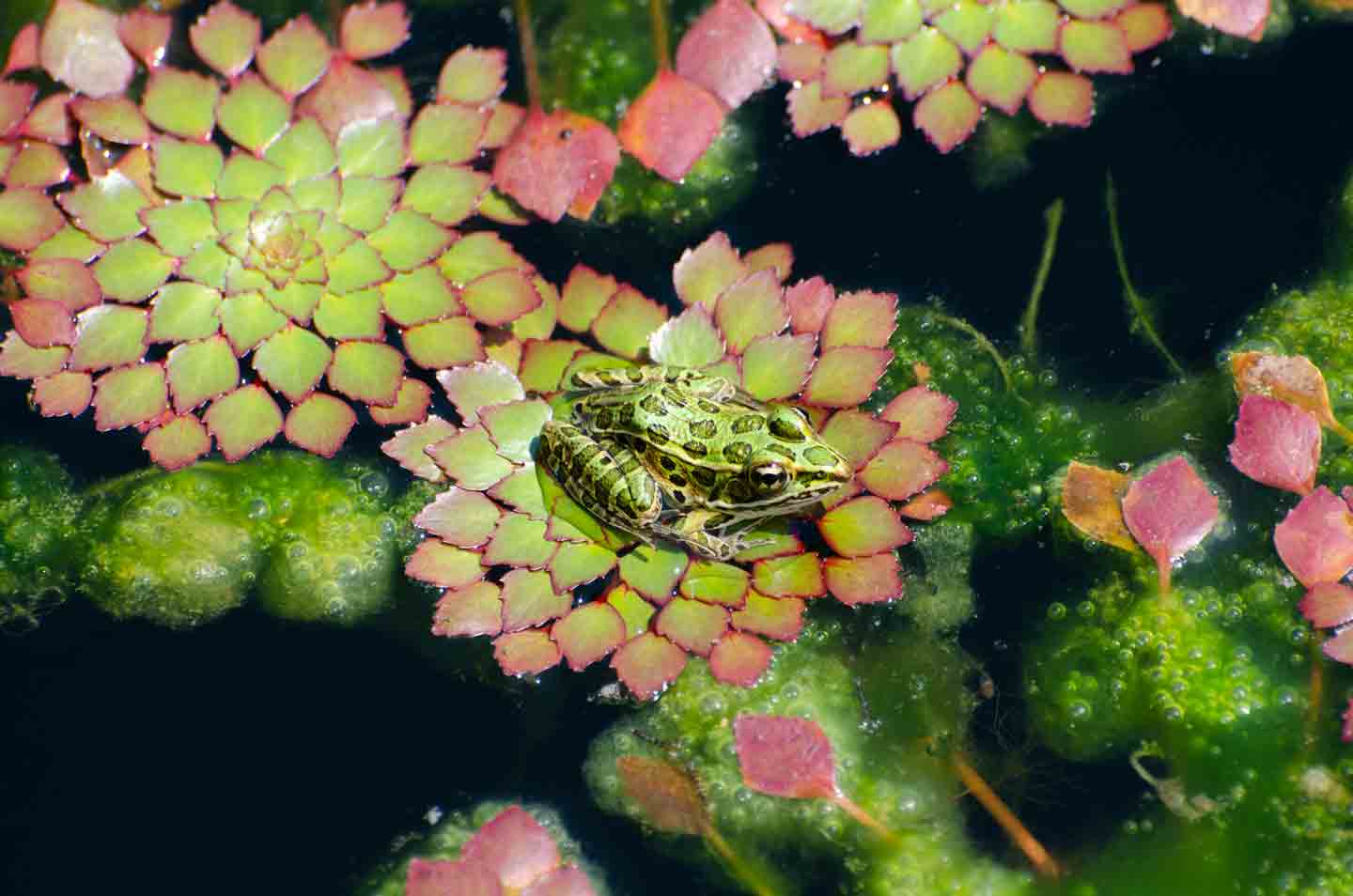
10Spatterdock (Nuphar advena)
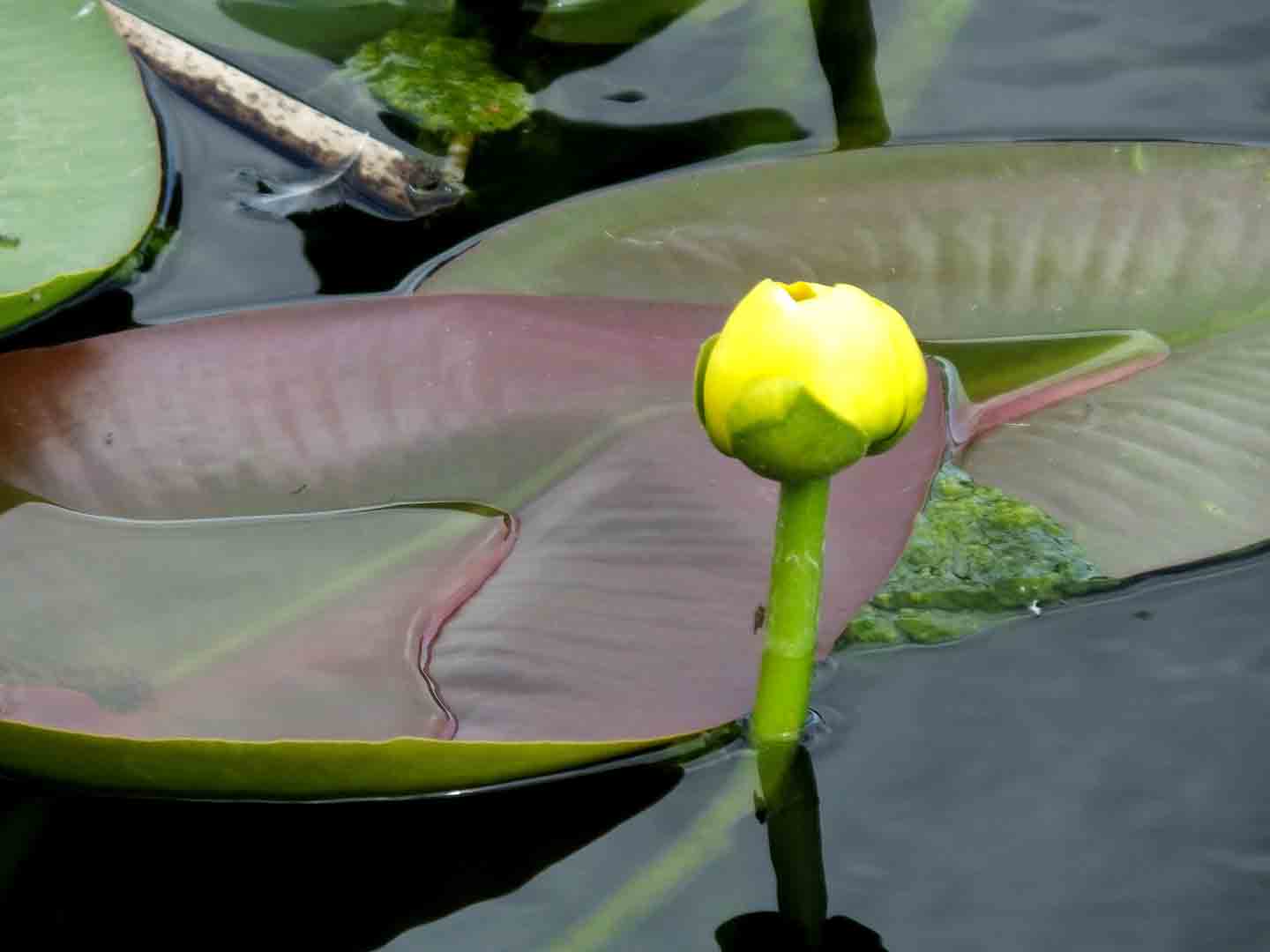
Santi Smolker/iStock/Getty Images Plus
11Water Hyacinth (Pontederia crassipes)
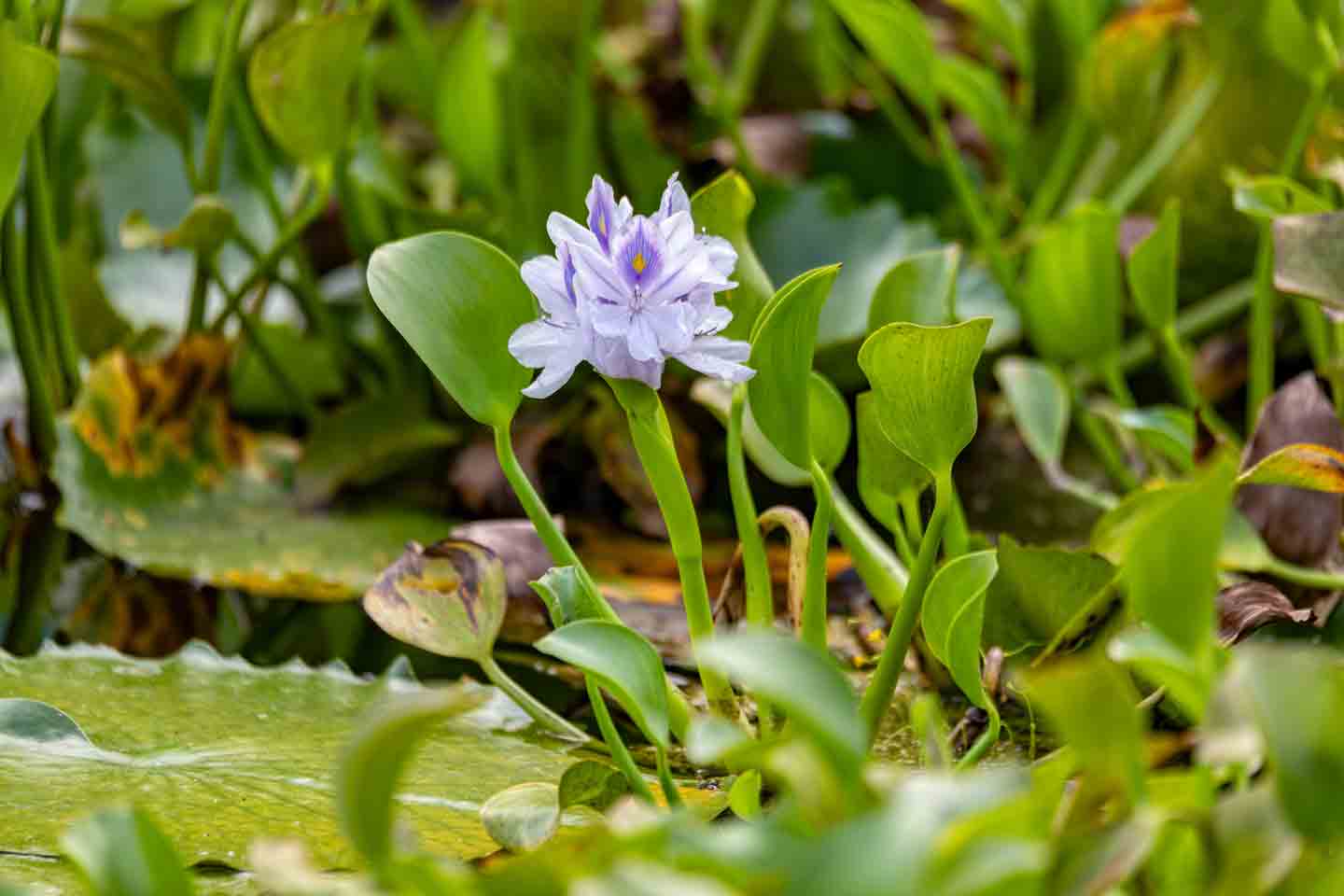
12Water Lily (Nymphaeaceae sp.)
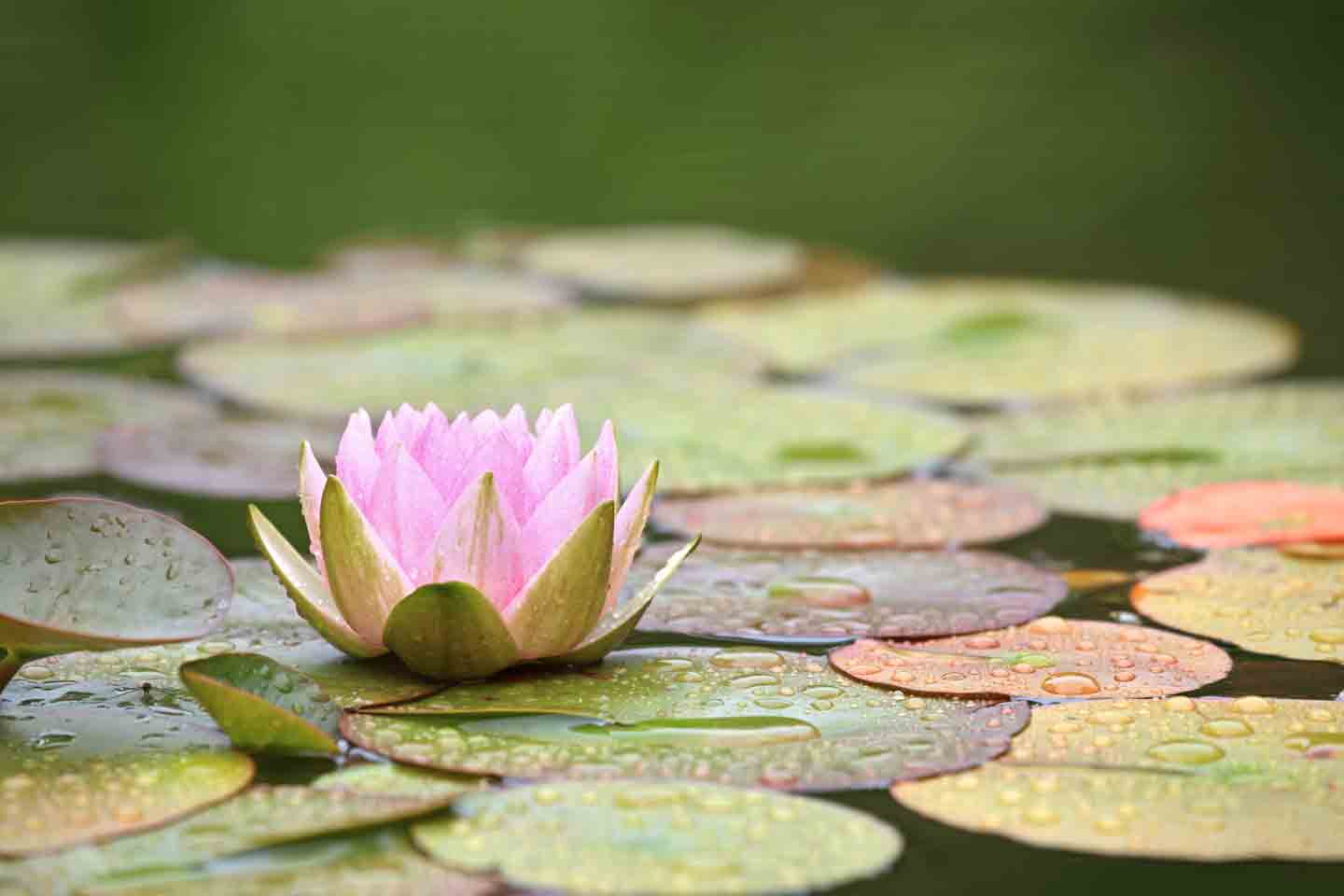
Choosing the Right Pond Plants
When choosing plants for ponds, consider the size, depth, and location of your pond to help narrow down the options. If your pond is wide and shallow, for example, it might be sensible to focus on marginal and floating plants rather than submerged plants that require deep water.
Remember that plants for ponds will always require some direct sunlight as well, so certain locations simply might not be suitable for cultivating pond flowers and aquatic plants.
Practical details aside, Spagnoli stresses the importance of determining what plants are native to your area. “Introducing a new aquatic invasive plant to a space can cause irreparable damage to the environment,” she says. Choosing native plants also ensures the plants are adapted to local conditions—this is key to keep your plants from dying. Talk to your local garden expert to find out about native plants in your area.
Finally, think about what you want your pond to look like. Spagnoli recommends browsing pictures of projects completed by local pond builders for inspiration. If you prefer to wing it, she says, “Creating a transition of plants from emergent to submerged is best when creating a habitat or aesthetically pleasing space.”
Share:
